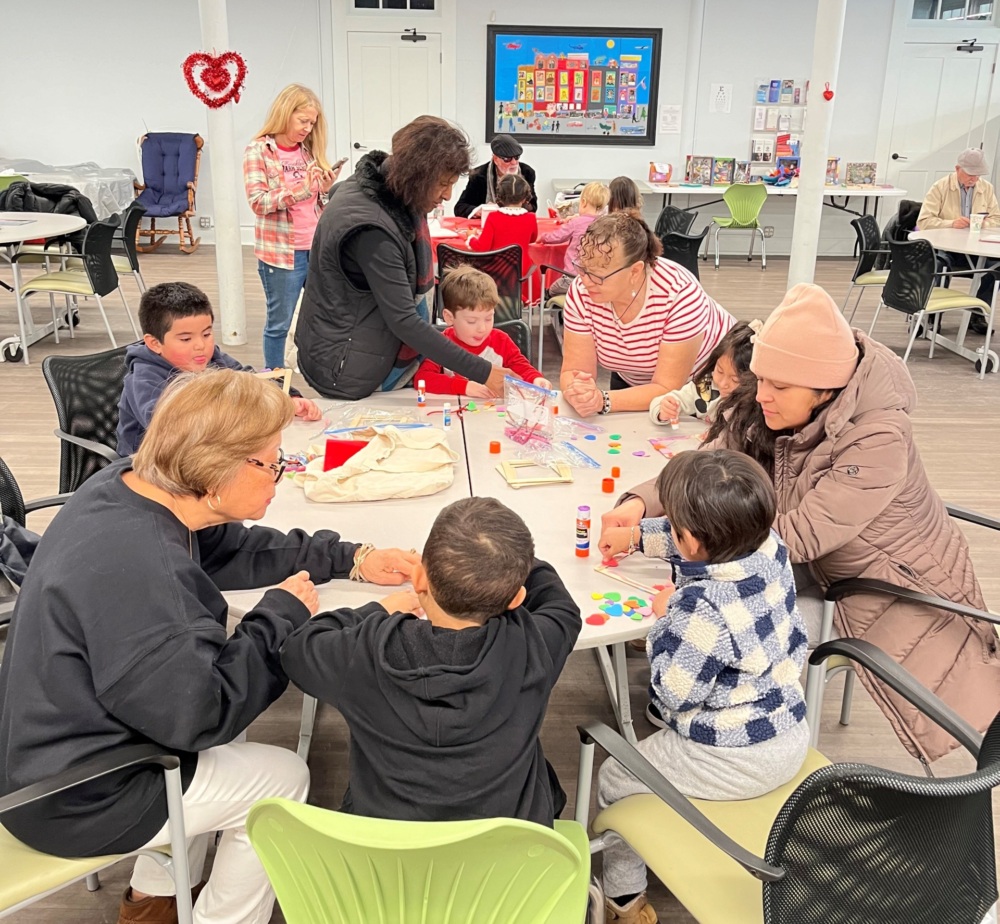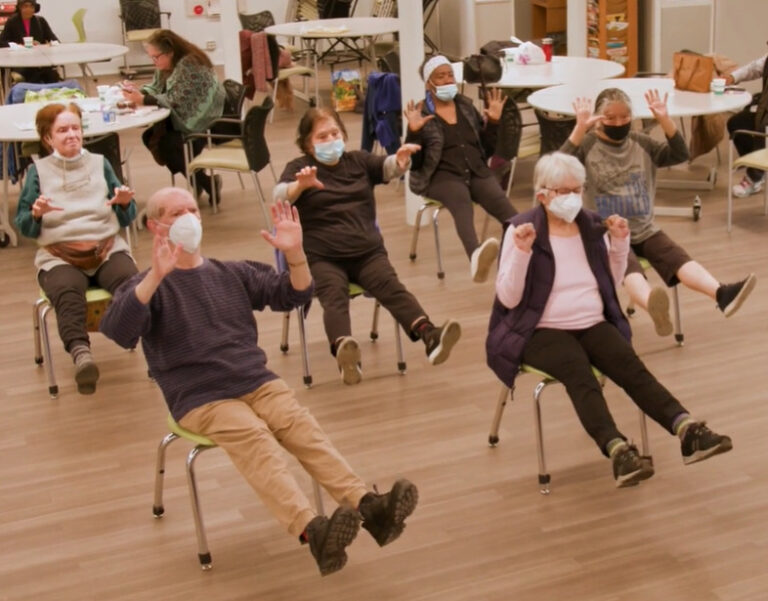Heights and Hills
Stories of Impact

Brooklyn boasts the second-largest population of seniors in the entire state of New York. They are neighbors and loved ones who have enriched our communities and our lives. But many need help meeting basic needs—including access to healthcare, financial and food security, safe and affordable housing, and social support services. Fortunately, nonprofits like Heights and Hills are here for older adults in Brooklyn and the loved ones who care for them.
Founded in 1971, Heights and Hills was created by a group of Brooklyn Heights residents who realized that many of the older residents in their community were living in substandard, single-room occupancy (or SRO) housing, such as the landmark St. George Hotel. 1970s Brooklyn Heights was a small pocket of wealth next to a lot of need. Residents saw their neighbors living in subpar living conditions, and the desire for change grew out of this awareness.
Heights and Hills’ community outreach began with meal delivery. Then it began to secure city contracts to expand services and programs—and today its services cover about half of the borough.
While our meals program is the initial way in which seniors learn about Heights and Hills, our case managers delve deeper—asking whether they are able to take showers and care for themselves. Can they clean their apartments? Is there food in their cabinets? Ultimately, we want to see seniors stay independent as long as they can.Carrie Zwiebel Bloss, Executive Director
Recognizing the myriad needs of Brooklyn’s seniors, Heights and Hills oversees a comprehensive case management program. “Sometimes we underestimate the needs seniors are facing. Being homebound, for example, doesn’t mean you never leave your home,” explains Carrie Zwiebel Bloss, Executive Director of Heights and Hills. “But we have found that many seniors spend most of their time at home, which can make it difficult for them to get the basics they need. So while our meals program is the initial way in which seniors learn about Heights and Hills, our case managers delve deeper—asking whether they are able to take showers and care for themselves. Can they clean their apartments? Is there food in their cabinets? Ultimately, we want to see seniors stay independent as long as they can.”
One of the many noteworthy features of Heights and Hills’ work is that it also connects with caregivers wherever possible. We tend to think about the role of “caregiver” in narrow terms. The reality, however, is that caregivers might be adult children, spouses, neighbors, or anyone who is committed to the wellbeing of an older adult.
“In addition to providing basic necessities, we are also educating people about what a caregiver is,” says Bloss. “You know when you become a parent, but it’s not always obvious that you’re a caregiver. Do you help with medical appointments, meal prep, or household maintenance, for example? Asking these types of questions gets people to think, ‘Oh yeah, I am a caregiver.’ Then the goal is to get people to realize they can get support. It doesn’t mean that you’re not a caring or loving person if you get help, but it takes a village.”

Heights and Hills visits with seniors every two months and annually conducts assessments through its case management program, unless their medical condition has changed or they have been hospitalized—in which case case managers may visit clients more frequently. As part of their work, case managers help ensure that a senior’s rent stays stable since they are generally on fixed incomes, and other home needs are me—like having air conditioning in the summer months.
“If you ask someone where they want to be as they age, more often than not they’ll say that it’s their home,” says Bloss. “But we have to be realistic about what it takes for people to maintain their independence—and that can’t happen if they don’t have food in their house or a safe and affordable place to live.”
Sometimes there are cases where caregivers can’t leave seniors alone, in which case Heights and Hills can arrange for four hours of weekly respite. Or in cases where seniors need a higher level of care and their caregiver needs to be away overnight, Heights and Hills can help arrange for care in a nursing home setting.
This grant has been indispensable to our volunteer program. We have a multigenerational volunteer program, which includes preschoolers who come into the center to visit the members, an intergenerational initiative for students in grades 1 through 8, and our Friendly Visitors who are aged 29 to 35, on average.Carrie Zwiebel Bloss, Executive Director
Additional programs include the Park Slope Center for Successful Aging (PSCSA) and a volunteer program, which enlists about 650 people each year to support a variety of programs including Thanksgiving meal deliveries and helping older adults navigate the ever-changing world of technology. Volunteers, who are matched with seniors with similar interests or backgrounds, make a six-month commitment to visit seniors once per week to prevent social isolation. Heights and Hills has used Brooklyn Org’s funding to grow this aspect of their work.
“This grant has been indispensable to our volunteer program,” says Bloss. “We have a multigenerational volunteer program, which includes preschoolers who come into the center to visit the members, an intergenerational initiative for students in grades 1 through 8, and our Friendly Visitors who are aged 29 to 35, on average.”
Heights and Hills also relies on Brooklyn Org to help build bridges with other nonprofits, many of which come across older adults who could benefit from the services that Heights and Hills provides. “We are always looking for ways to make sure the community knows about our services. If you’re having a community event or a staff meeting, we would love to share information about our services. And if you’re looking for ways to get more involved, come volunteer! We have a wide variety of opportunities from one time events to long-term commitments. You can learn more by looking at our website or attending one of our monthly online volunteer training sessions.”